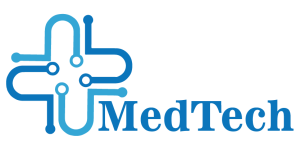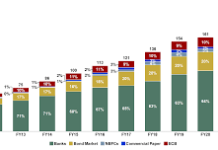Imagine visiting a doctor and having to carry paper copies of your medical history. Unfortunately, many patients experience this due to healthcare organizations not fully integrating electronic health records (EHRs). This lack of integration creates challenges: gaps in knowledge about medical histories, unnecessary tests, and potential misdiagnoses.
Dr. Matthew Eisenberg, associate chief medical information officer at Stanford Health Care, warns that if one provider doesn’t know the other’s work, they may ask similar questions, redo tests, and make incorrect diagnoses due to a lack of full history.
Siloed systems, where information isn’t shared efficiently, add to the challenge. Healthcare organizations are already facing hurdles like workforce shortages, clinician burnout, and inefficient processes. According to a survey of healthcare CIOs, 60% identify inefficient workflows and lack of automation as top frustrations.
EHR optimization through integration and interoperability streamlines workflows, allowing clinicians to access necessary information for effective care. This leads to better efficiency, accurate diagnoses, and improved patient outcomes. 56% of healthcare CIOs prioritize optimizing existing IT solutions as their top financial goal.
The Benefits of EHR Interoperability for Patients and Providers
Both patients and providers benefit from optimized EHR systems. With improved communication and coordination among healthcare teams, care delivery becomes more efficient. This reduces clinician burnout and enhances the overall patient experience.
Interoperable EHR systems enable providers to access a patient’s comprehensive medical history, including visits, diagnoses, test results, medications, and allergies. This information leads to more accurate diagnoses and effective treatment plans, enhancing providers’ performance and preventing blindness.
EHR interoperability enhances healthcare provider efficiency by reducing the need for duplicate tests. Eisenberg explains that this allows providers to compare evaluations and test results from other providers, thereby reducing duplication costs. Interoperability also improves accuracy and efficiency in care delivery.
Understanding the Power of Health Information Exchange
Interoperability in EHR systems allows for seamless sharing of health information across different healthcare organizations. For instance, if one hospital uses a different naming convention for blood tests, interoperability ensures that both hospitals can share and understand each other’s data.
Stanford Health Care, for example, has been using Epic’s EHR system since 2008. Over the years, they’ve expanded their health record exchange capabilities. Today, nearly 100% of their patients have records from at least one other provider, and about two-thirds have records from two or more.
One innovative approach Stanford Health Care has adopted is an opt-out strategy for health information exchange. By making it easier for patients to share their health data, this method reduces friction and helps ensure that critical patient information is accessible across providers.
The Path to Integration and Interoperability
Eisenberg recommends healthcare organizations to join the Trusted Exchange Framework and Common Agreement (TEFCA), established under the 21st Century Cures Act in 2016, which removes barriers to health data sharing among providers, patients, public health agencies, and insurers, marking a new era of health data accessibility.
The healthcare industry is embracing EHR optimization and integration for a 25-year national effort to improve care and workflows. This initiative aims to eliminate the need for paper records, promoting health information exchange and enhancing the overall health of Americans.
By embracing EHR optimization, healthcare organizations can enhance the patient experience, improve care coordination, reduce costs, and make significant strides toward better, more efficient healthcare delivery.
I hope you find the above content helpful. For more such informative content, please visit Medtechreporter.











